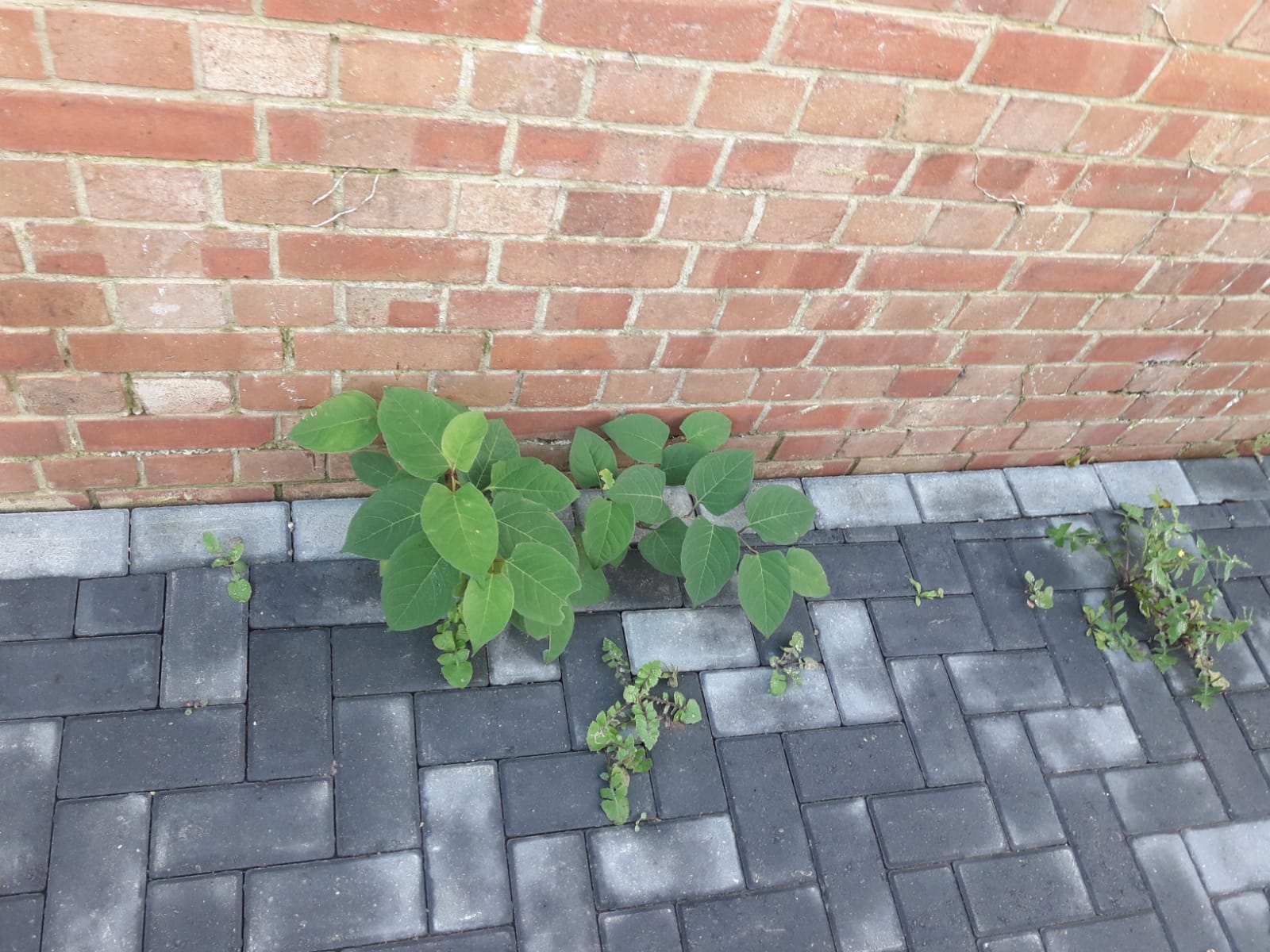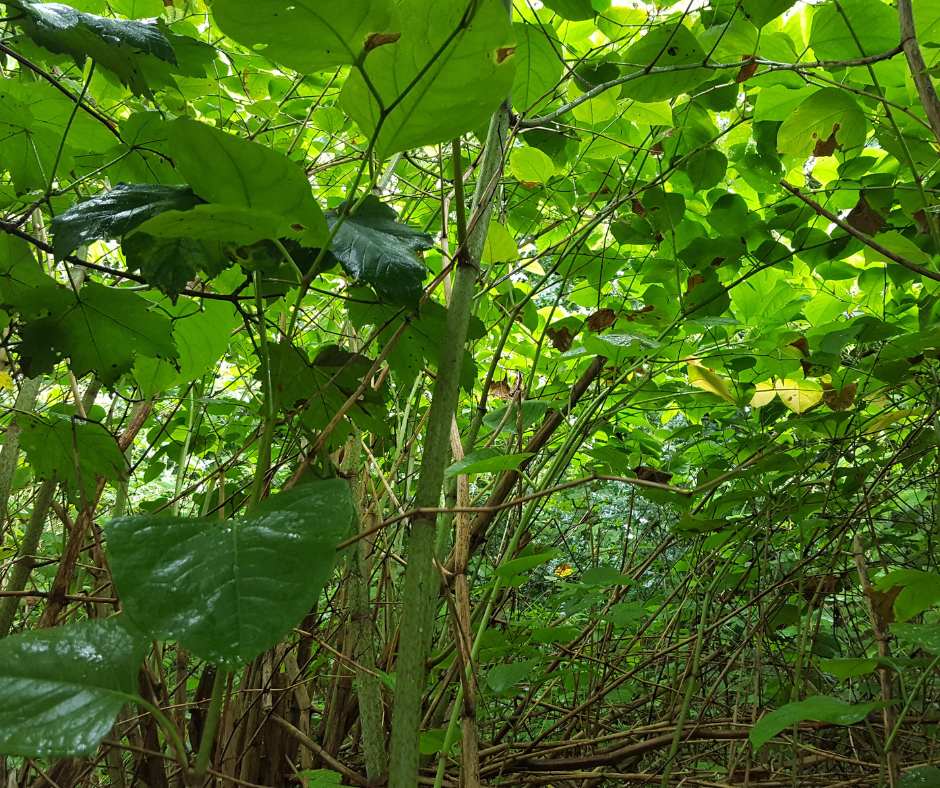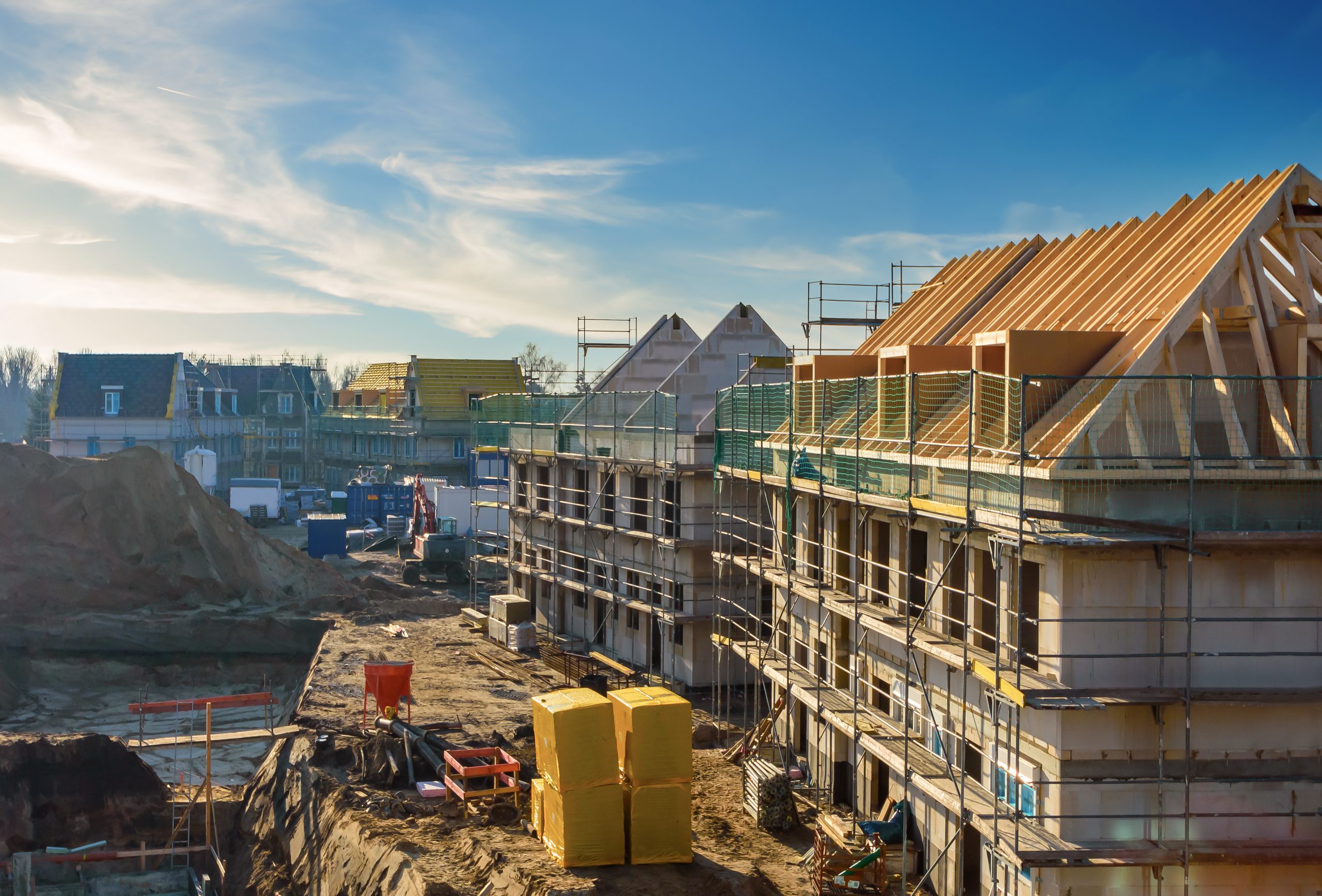Japanese Knotweed: A Comprehensive Guide for Property Developers
Japanese knotweed (Fallopia japonica), originally native to East Asia, is an invasive perennial plant that has gained notoriety for its rapid growth and damage potential. Often viewed as a nuisance by homeowners and commercial business alike, it is especially disruptive for property developers and commercial house builders, so understanding and managing this plant is crucial. This comprehensive guide delves into the challenges presented by Japanese knotweed and strategies for property developers to handle this invasive plant.

What are the main problems knotweed causes for developers?
- Not being identified early enough: If knotweed is not detected prior to the build commencing, any knotweed rhizome left on the development site will emerge as plants later on and become a problem for property owners and property management after handover. It’s important to note that knotweed rhizomes can lay dormant and re-emerge up to 20 years later.
- Project on hold: Ultimately the big issue is the project will be put on hold if Japanese knotweed is suspected, and then identified. The knock-on effect of project stoppage is obviously financial but could be detrimental to other project phases too.
- Rapid Growth: One of the defining characteristics of Japanese knotweed is its quick growth rate, growing up to 10cm/day in the summer, and because of this it can quickly damage new builds under construction. This means that during any phase of the project developers could have a small fragment of knotweed grow into a significant issue if not detected early. Considering the rhizomes can grow up to 3m deep and spread up to 7m horizontally, time is of the essence – leaving knotweed to grow will make it difficult to capture and eradicate.
- Structural Damage & Devaluation: The plant’s roots can exploit any cracks in buildings, walls, and pavements, causing extensive damage. This can significantly devalue a property and lead to expensive repair bills.

Can land with Japanese knotweed on be developed?
It is entirely possible to build on land that has Japanese knotweed on, and developers should not be put off, but there are conditions:
- If the footprint of the development does not encroach onto the knotweed infestation or a 7m area surrounding it, then knotweed can be treated under a Knotweed Management Plan.
- If the knotweed growth and rhizome is within the footprint then all knotweed and contaminated soils will need to be removed by excavation.
What are the Legal Implications for developers?
For property developers it is important to do the following:
- Declare knotweed: Unlike house owners, developers are not required to declare knotweed presence, however due diligence should mean all developers should, at least, have a survey carried out.
- Log and record knotweed locations: If there is identified knotweed on a development site the developer should record all locations. This can easily be done by having a professional survey and Knotweed Report carried out, making sure all locations are recorded with images. The report should be included in the Operations Manual for future reference after handover.
- Have a Management Plan: If developers don’t have a Knotweed Management Plan (KMP) in place it will be difficult to sell the properties. A KMP is proof that the knotweed is being controlled or has been completely eradicated, and there is no risk of further spread.
Is Identifying Japanese Knotweed easy for developers?
Early detection is crucial. If teams working onsite are not trained to know what knotweed looks like, or correctly identify knotweed, or even if they are, it’s always advisable to get a survey carried out by a professional company. Knotweed is notoriously difficult to spot, especially in the winter when it lies dormant underground. A highly trained knotweed surveyor will spot the signs of knotweed and know where to do an exploratory dig.
Quick-check:
- Shovel-shaped leaves.
- One leaf per node on a central stem that grows in a characteristic zig-zag pattern.
- Hollow, bamboo-like stems are pale green speckled with red in summer.
- Small, white-flower tassels in late summer and early autumn.
- In winter, the plant dies back to ground level but leaves brown, brittle stems.

Can developers Handle Japanese Knotweed themselves?
In general the answer is no. There are regulations around handling knotweed, which most developers would not wish to carry out themselves, it’s important to know what should be done instead:
- Early detection: Incorporating regular ecological surveys into pre-development or even pre-purchase checks. This can save developers time and money.
- Professional services: All knotweed treatment or removal must be carried out by companies qualified to do so. They must have the required accreditations and licenses, including if applicable the ability to acquire Aqua licenses if working near any water bodies on the development site.
- Waste Disposal License: All knotweed and contaminated soils are required to be removed from site and disposed of by a company holding valid waste carriers license. All waste must be taken to a landfill licensed to receive it.
- Post-removal monitoring: Even after professional removal, there’s a risk that the plant can return, possibly from neighbouring land that has not been treated. A monitoring plan should be in place for several years post-removal to ensure the site remains knotweed-free. Monitoring should be carried out via a professional survey.
How to get rid of Japanese knotweed on a development site
In general knotweed needs to be either controlled under a management plan, made safe or completely eradicated. The management plan involves a series of herbicide treatments and monitoring, or knotweed can be ‘made safe’ by relocating it to a controlled area (usually including a root barrier) that will not be disturbed by future works, or removed via excavation and disposed of off-site.
Is there Insurance for knotweed?
Given the potential property damage and devaluation caused by Japanese knotweed, property developers should consider a specialised insurance product to protect their investment in the build. This can provide coverage for knotweed treatment, repair of damage caused by the plant, and legal defence costs if necessary. Our KMP comes with an optional insurance backed guarantee.
Our Recommendations
While Japanese knotweed poses significant challenges, being well-informed and proactive can mitigate risks. We highly recommend that developers do not ignore the potential impact of having knotweed on site will bring and understand the implications of not taking the appropriate actions to have it treated or eradicated.
Knotweed will create long-term issues, remember it’s the developer’s reputation on the line if they choose to ignore it, as several published legal cases have highlighted the cost implications of getting it wrong.
be knotweed savvy
If you’d like to have a pre-purchase or pre-planning survey contact us by filling in the form below.


